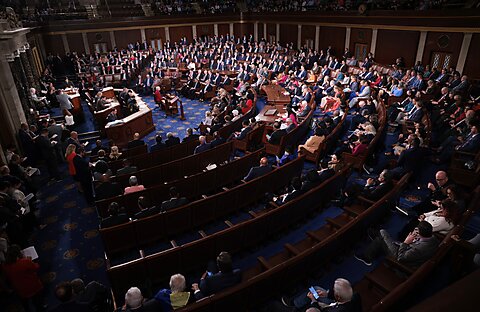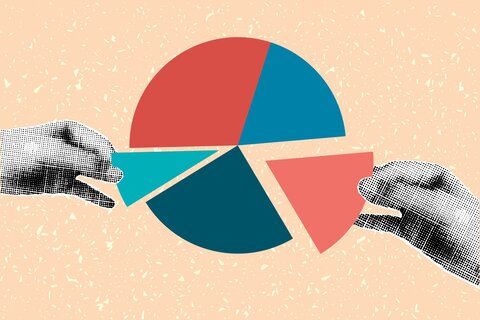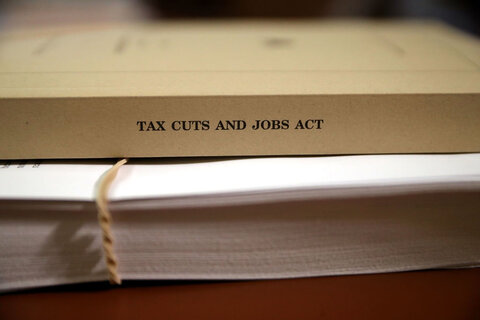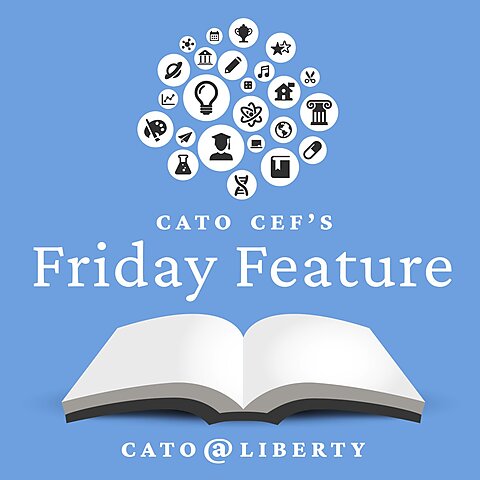While the Tax Cuts and Jobs Act (TCJA) cut taxes for most individuals and businesses (as the name implies), the legislation also made significant structural changes to the tax code. True tax reform comes with trade-offs and the TCJA was no exception; it involved raising and lowering taxes for different groups depending on their circumstances. Pairing the reforms with an overall tax cut allowed the TCJA to leave about 9 in 10 taxpayers better off than they were in 2017.
One of the areas of significant reform included consolidating and simplifying tax subsidies for children and other dependents. There is a common misconception that the TCJA dramatically increased the tax code’s support for children. However, despite increasing the size of the tax credit, the total subsidy to children and other dependents in the tax code was left largely unchanged due to other offsetting reforms. Short of repealing the CTC, thoughtful consolidation—not expansion—should be a model for future reform.
Bigger Credit, Same Subsidy
The TCJA increased the child tax credit (CTC) from $1,000 to $2,000 per child. This expansion was paired with the elimination of personal exemptions, which included a $4,050 (for 2017) deduction for each member of the household, including children and other dependents. The larger CTC for personal exemption swap changed the size of the child subsidy for individual taxpayers but did not meaningfully increase the total fiscal cost of the program.
The $1,000 increase in the CTC almost fully compensated for the loss of the child exemption for taxpayers at or below the 25 percent income tax bracket (about $150,000 for married filers) for whom the pre-TCJA exemption was worth $1,013.
Trading the larger tax credit for the deduction provided a relatively bigger tax break for lower-income taxpayers because the value of a deduction is smaller for taxpayers in lower tax brackets, while a tax credit’s value does not change with income. For example, the $4,050 exemption is worth $486 to a taxpayer in the 12 percent tax bracket and $1,296 for someone in the 32 percent tax bracket.
In addition to increasing the size of the CTC, the law expanded lower-income family’s access to the credit. It did this by lowering the earned income threshold necessary for claiming the credit from $3,000 to $2,500. After a taxpayer earns more than $2,500, the CTC phases in at a 15 percent rate until the full credit value is claimable. The refundable portion of the credit that is paid to taxpayers with no tax liability was also increased and indexed to inflation.
For higher-income families, the income threshold for where the CTC begins to phase out was raised from $110,000 to $400,000 for married taxpayers. The higher CTC phaseout compensated for the pre-TCJA availability of the personal exemptions to higher-income taxpayers.[1] The non-child dependent exemption was replaced with a new $500 tax credit.
Taken together, these changes had the effect of cutting taxes for lower-income families and raising taxes on some higher-income families (holding constant the effect of tax rate changes, which benefited both groups). By consolidating two different child subsidies into one larger credit the TCJA simplified taxpaying and on-net did not significantly expand the total tax subsidy for children and dependents.[2]
The tax law also nearly doubled the standard deduction, compensating for the repeal of the non-dependent personal exemption and lowering many family’s tax bills without explicitly providing a tax break based on family size. In another example of simplification and consolidation, the larger standard deduction was paired with new limits on the value of certain itemized deductions, such as the state and local tax (SALT) deduction and the mortgage interest deduction (MID).
These changes simplified taxpaying for almost 30 million taxpayers who no longer itemize their tax deductions. However, the larger standard deduction and bigger CTC contributed to the estimated 4 million new taxpayers with zero or negative income tax liability (increasing from 43.4 percent to 45.8 percent).
More Work to Be Done
True tax reform goes beyond mere tax rate reductions. It involves trade-offs that aim to simplify the tax system, reduce economic distortions, and increase horizontal equity so that people of similar circumstances pay similar tax bills.
As Congress prepares for the expiration of most of the TCJA at the end of 2025, it should build on the TCJA’s success and fix its problems. The Cato Tax Plan outlines one path for continued reform that cuts trillions of dollars of tax preferences, including the CTC, and lowers tax rates to near 100-year lows.
More moderate reform could still build on the 2017 changes by further consolidating existing tax programs into a more streamlined benefit. Following the model of the TCJA, this should be done without increasing the fiscal cost of child subsidies in the tax code. For example, child tax subsidy reform should consolidate other child-related tax provisions, such as the Child and Dependent Care Tax Credit and the larger standard deduction for Heads of Household.
Congress should also reduce the credit’s availability to high-income earners by reducing the income phaseout, and further limiting the tax benefit for immigrants, by requiring US citizenship for eligibility or expanding the existing social security number requirement to all household members.
Congress should repeal the CTC entirely. Short of repeal, intermediate reforms could simplify and consolidate existing benefits without adding new or larger subsidies to the existing system.
[1] The personal exemptions began phasing out at $313,800 for married filers.
[2] Repeal of deduction for personal exemptions raised $1.2 trillion between 2018 and 2027. Child and dependent credit modifications lowered revenue by $544 billion. The larger standard deduction lowered revenue by $720 billion.









